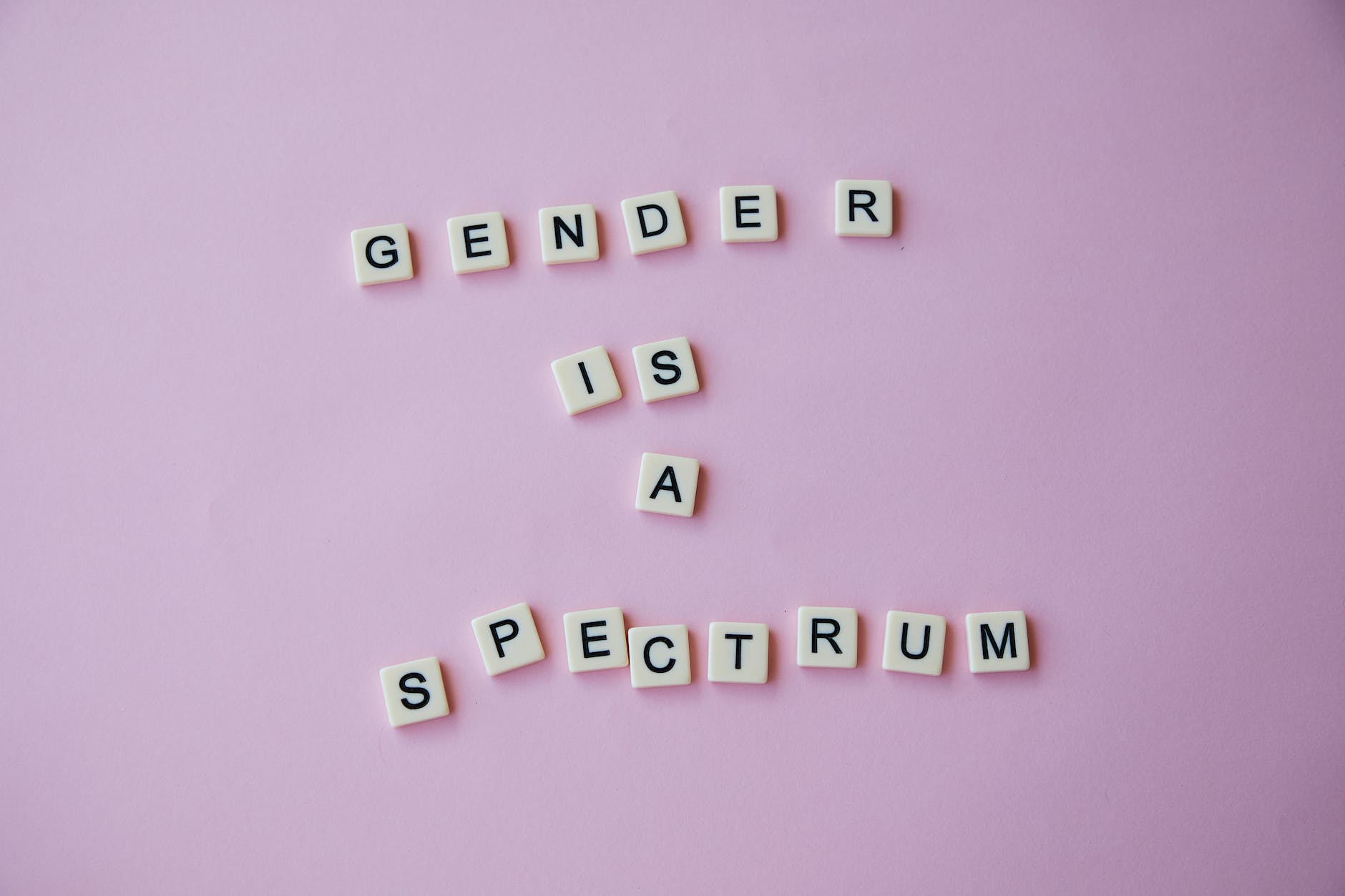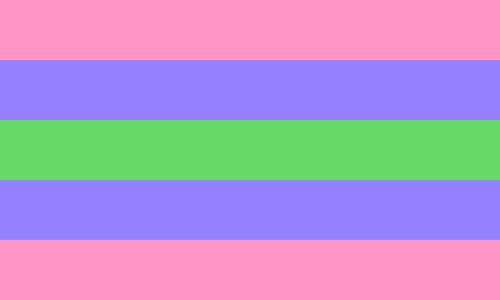Trigender is a unique gender identity that has been gaining traction in recent years. It is a nonbinary gender identity that incorporates elements of three distinct genders – male, female, and a third nonbinary gender. For those unfamiliar with this concept, this article will explore what it means to identify in this way, who can be Trigender, and why it is an important part of the conversation surrounding gender identity.
What is Trigender?
Trigender is an increasingly recognized gender identity that falls on the gender spectrum. It is often defined as a combination of three gender identities, which may include male, female, agender, genderfluid, gender nonconforming, and/or any other non-binary gender identity. Unlike transgender people, who identify as a different gender than their assigned sex at birth, Trigender individuals identify as three genders or as part of a multi-gendered experience.
Trigender is distinct from being genderfluid in that it is not limited to just two gender identities; rather, it involves three or more genders that come together to form an individual’s gender identity. By recognizing the complexity of gender, individuals are able to express themselves authentically and find acceptance for who they are.
How is Trigender Different from other Gender Identities?

This gender identity is a distinct gender identity which is seen as different from both binary transgender and non-binary identities. While it shares similarities with both, it has its own distinct set of characteristics.
Trigender people have a gender identity that is fluid, meaning that they don’t identify with any one gender over another. Instead, they experience a combination of genders, or in some cases, all genders. This may include male, female, and non-binary identities. Trigender people experience their gender as constantly changing and fluctuating, as opposed to identifying solely with one gender.
The gender spectrum is an important concept for understanding trigender people. This spectrum allows people to identify along a range of genders and gender expressions, from male at one end to female at the other end, with non-binary in between. Trigender people can exist at any point along this spectrum, and may even move between multiple points on the spectrum throughout their lifetime.
Overall, it is a unique gender identity which encompasses multiple gender identities and expressions. It is important to recognize the uniqueness of this identity and to support those who identify as trigender.
Who Can Be Trigender?
Trigender is a unique gender identity that refers to those who identify with three genders simultaneously. This can include identifying as transgender, non-binary, or somewhere else on the gender spectrum. It’s important to note that one’s identity can be fluid and may change over time, so it is possible to identify as trigender at some points in life and not others.
Individuals may experience a combination of feminine, masculine, and/or non-binary qualities. This could mean feeling like a mix of all genders, feeling neutral, feeling like none of the genders, or feeling like one gender more than the others. Everyone experiences their gender differently, so it is important to remember that there is no one definition of what it means to be trigender.
If you know someone who identifies as trigender, it is important to remember that there is no “right” or “wrong” way to be trigender. Respect and acceptance are key to supporting your friend or family member. Be open-minded and understanding, and allow them the space to express themselves in whatever way they feel comfortable.
What Are the Common Experiences of Trigender Individuals?
Trigender individuals are unique in their gender identity, and their experiences may be different from those who identify as transgender, non-binary, or any other gender. That said, there are some common themes among trigender individuals that can be helpful to understand.
First, it’s important to recognize that many people who identify as trigender often have a very fluid understanding of their gender identity. Many people who identify as trigender don’t feel the same way all the time, and this can lead to shifts in the way they express their gender identity at any given time. This is something that trigender individuals often experience and it’s important to recognize this when interacting with someone who identifies as trigender.
Another common experience among trigender individuals is feeling as though they do not fit into traditional gender roles or expectations. Trigender individuals may feel like they do not conform to either male or female stereotypes or roles, and instead feel that they occupy a space somewhere in between the two. This is an important aspect of their identity that should be respected.
Finally, it’s important to recognize that for many trigender individuals, the gender spectrum is not simply black and white. They may identify with multiple genders, or exist somewhere between genders, and it’s important to recognize and respect this. Trigender individuals often find themselves existing on multiple points of the gender spectrum at the same time, so it’s important to stay open-minded and to understand that everyone’s experience is unique.
How Can I Support a Trigender Friend or Family Member?
When a friend or family member identifies in this way, it is important to show support and understanding. Here are some tips on how to best support someone who identifies as Trigender:
1. Listen and Respect: It is important to allow them to express their identity without judgment or criticism. Respect their choice of pronouns and be mindful of language.
2. Education: Become educated on the gender spectrum, non-binary identities, and Trigender in particular. This will help you understand better what your friend or family member is going through and will help you to become a better support system for them.
3. Offer Support: Individuals may face a lot of adversity and judgement from society. Offer support to your friend or family member by providing a safe space and being an ally.
4. Celebrate: Celebrate your loved one’s identity with them! Celebrating their unique identity can make them feel more accepted and supported.
By following these tips, you can provide a safe and understanding environment for your friend or family member who identifies as as this gender identity. With your support, they can feel accepted and empowered.


